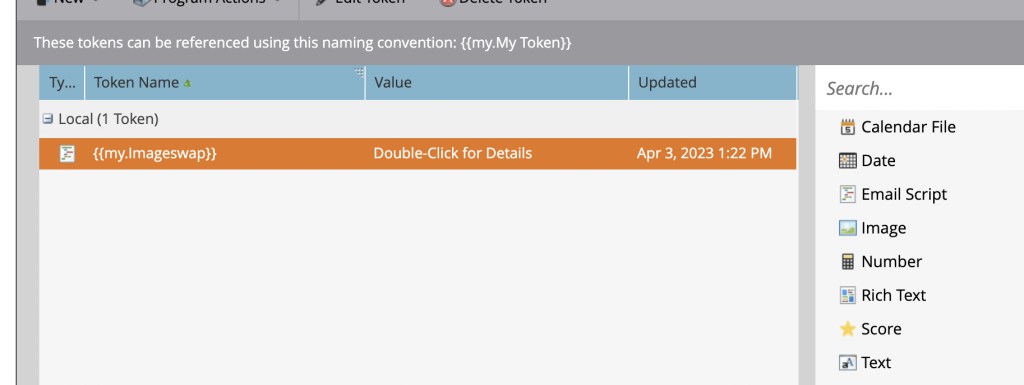Marketo Tip: Using Velocity Script in Emails for Creating Dynamic Content
I was designing an email in Marketo and had to set up dynamic content for the email. Unfortunately, I did not have access to create dynamic content in that specific instance. I wondered if there was another way to set it up and I came across velocity script.( https://developers.marketo.com/email-scripting/) I was pleasantly surprised by the vast array of possibilities that velocity scripts offer when used in emails and want to share some basic things in this blog post.
What is Dynamic Content and How to Use It
Personalization is important in email marketing. Consumers today are inundated with a multitude of emails on a daily basis, the majority of which are disregarded. Having personalization in an email surely increases the chances of increasing engagement. Dynamic content is a way to set up different pieces of content for different audiences, based on filters and segmentation. It can be used to create personalization on a large scale.
If you have worked with Eloqua or other Marketing automation platforms, you know
to have dynamic content within an email the best way is to set up rules and content based on what you want to include in the email. Here is a blog to see how to use dynamic content in Eloqua. https://www.relationshipone.com/blog/tool-tip-oracle-eloqua-dynamic-content/
But if you want to create dynamic output based on multiple data points, you will need to configure a substantial quantity of dynamic content. For example, suppose you are creating an email for a cosmetics company. Your lead might have interest in multiple areas such as skin care, hair care, nails etc., might be a male or female, and might have interest in cosmetics or personal care products. With simple segmentation it might be hard to set up personalized emails as you would have to create a segment for each topic and product area. This might become complicated and time consuming to set up. This is where using velocity script in email makes it much simpler. You can personalize emails for your leads based on their interests without creating multiple pieces for dynamic content.
Creating Personalization Using Velocity Script in Emails
Below is a simple example created with using velocity script in email for personalized content. A different banner image has been inserted in an email based on the interest area of the contact. This can be also achieved using segmentation and setting up dynamic content, but it is much easier using velocity scripting. Velocity script lets you add personalized token directly into HTML emails in Maketo. That means you can pull values from your Marketo database and also add to email content.
I uploaded three different images for three different segments in Marketo. I also added the client interest in the Person Notes field and created this script. I added this script in the Email script token (my.Imageswap) and checked the Person Notes field on the right.
#set( $imageBycampaign = {
“skincare” : “Image-1.jpeg”,
“haircare” : “Image-2.jpeg” ,
“nails” : “Image-3.jpeg” } )
http://607-fch-125.mktoweb.com/rs/607-FCH-125/images/${imageBycampaign[$lead.MktoPersonNotes]}
Then, I inserted an image in the email and added the token script in the image URL.
Now, when we view preview the email, the banner changes based on the interest added in the “Person Notes” field.
You can replicate this example and can replace the images with paragraph texts or other elements. This way, you can build dynamic emails in no time by using velocity script in emails in Marketo. You can get help for writing velocity script from here – https://developers.marketo.com/email-scripting/
More Use Cases of Personalization using Velocity Script
There are other scenarios in which incorporating a velocity script into emails makes the process of creating dynamic content much more efficient and streamlined. Consider the following examples:
- You may want to send out a recording or information to webinar attendants. Rather than waiting till a segment is created or uploaded, you can send out an email immediately after the webinar based on a field value.
- An auto date script can be inserted in emails that will show the right date in the time zone that the email is sent to.
As you can see Velocity scripting lets you create dynamic content in emails without having to create lots of extra segments and rules. Using velocity scripts in email for Marketo is just one way to help you create more leads. If you require further assistance with your Marketo emails or efforts, please do not hesitate to contact Relationship One to address your requirements.
Thank you for subscribing!









